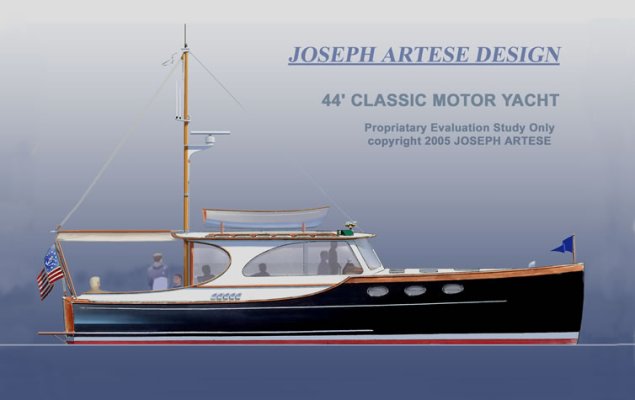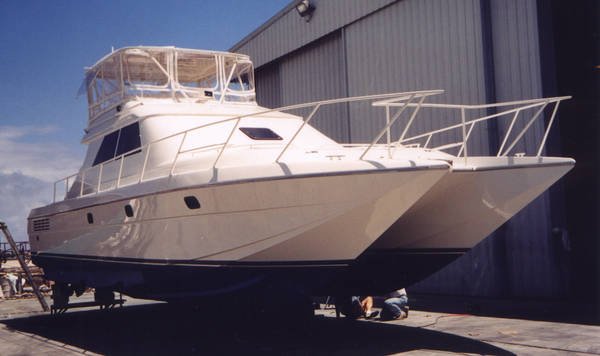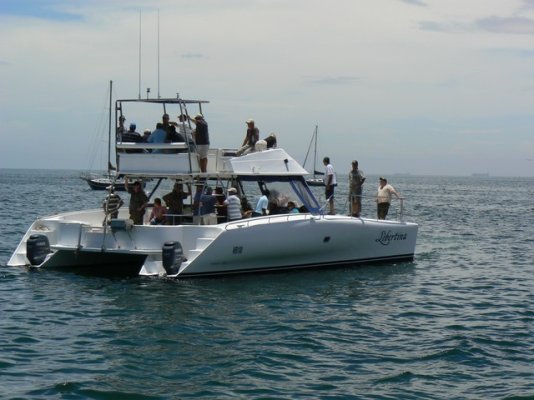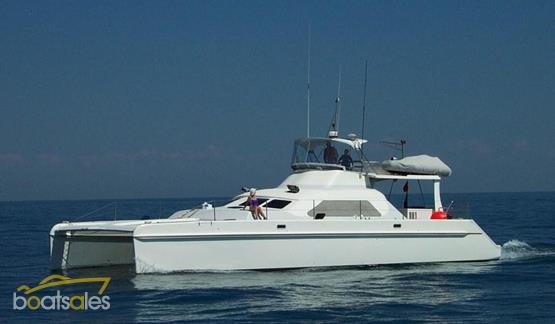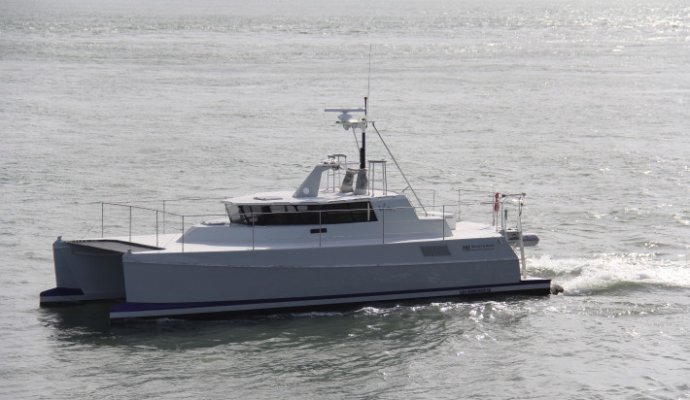Thanks Many,
The Reverse Bow is a growing trend and makes the standard or plumb bow designs look dated. Lots of manufacturers are spending big $$ to update their bow shapes these days to match the trend. Of course like all things, it has its lovers and haters.
That T you speak of is the Forward Crossbeam & Longeron I assume and will be under the Fwd Trampoline area, its actually built of Carbon Fiber and is much lighter than an Aluminum Version. The Striker part sticking up is a perfect place to fly your yacht club pendant or burgee.
The Reverse Bow is a growing trend and makes the standard or plumb bow designs look dated. Lots of manufacturers are spending big $$ to update their bow shapes these days to match the trend. Of course like all things, it has its lovers and haters.
That T you speak of is the Forward Crossbeam & Longeron I assume and will be under the Fwd Trampoline area, its actually built of Carbon Fiber and is much lighter than an Aluminum Version. The Striker part sticking up is a perfect place to fly your yacht club pendant or burgee.

